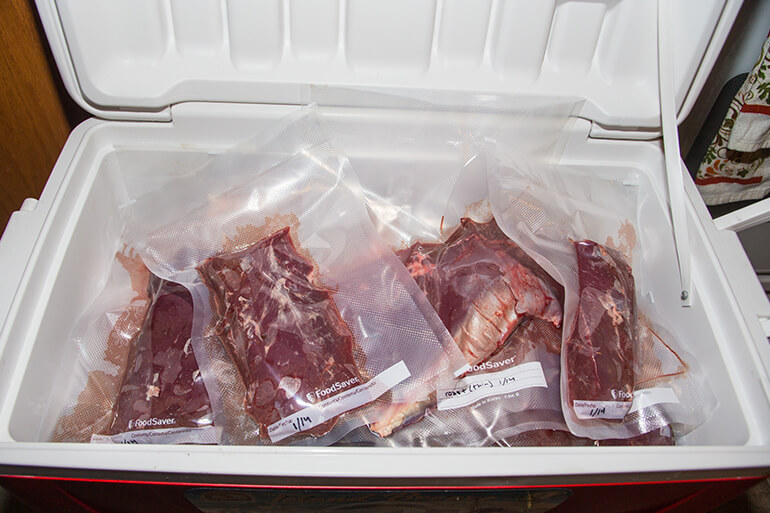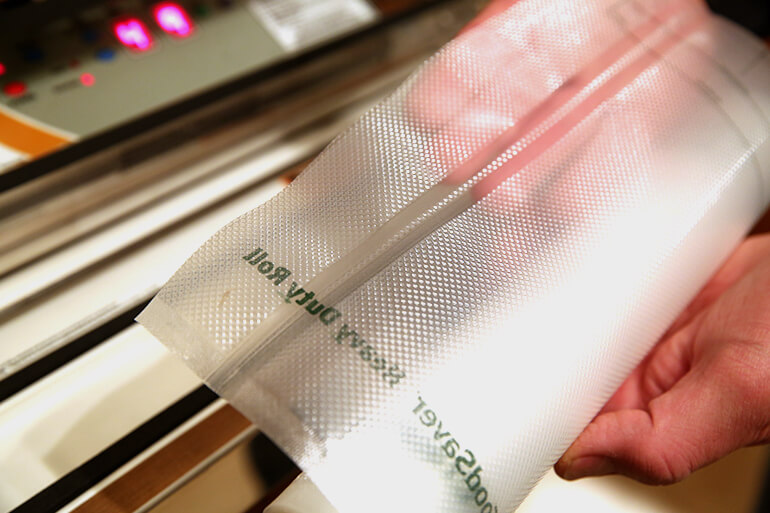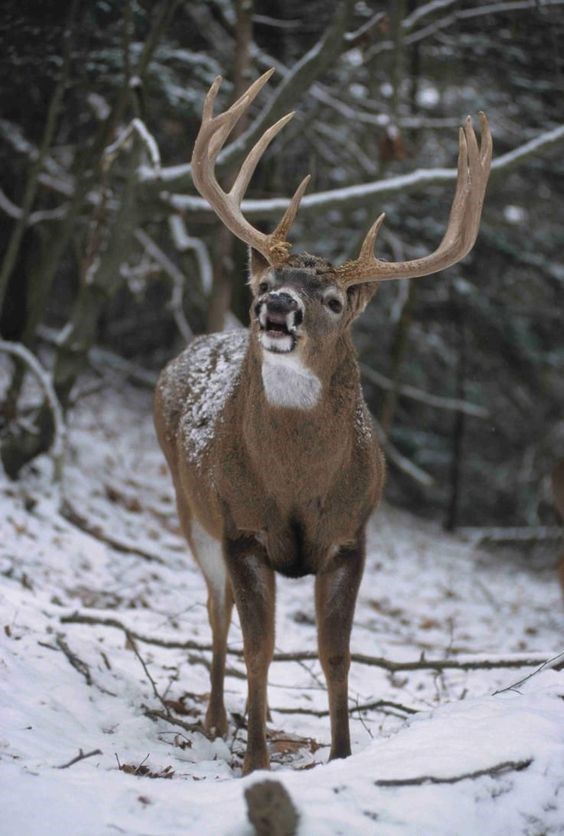DIY: Venison Storage Tips

You’ve put in the time and effort, and were rewarded with a fat deer to stock your freezer. This venison will feed you and your family for weeks, if not months. But remember that the work doesn’t end there. To enjoy your venison year-round, don’t take shortcuts after you bring the animal home. Read on to learn how to store and freeze venison.
Before Storage
Before you store venison, make sure it’s clean. Remove as much dirt, leaf litter and hair as possible. And if you must wash the meat, pat it completely dry. Moisture prevents vacuum-sealable bags from grabbing onto the surface of meat properly; after a few weeks, the vacuum will release and invite freezer burn.
Portion your venison into meals, but don’t cut and trim them down further. For example, freeze larger sections of venison loin, round or roast whole, and then wait to cut them into smaller pieces before cooking. Smaller pieces of meat have more surface area, therefore more potential for freezer burn and oxidation to occur.
Freeze venison with the silver skin and fat intact to help protect the muscle from freezer burn. Trim it away later.
Vacuum Sealing
If cooking and sharing wild game is important to you, it’s imperative that you invest in a vacuum sealer. The quality of the meat you serve could make or break your meals, and vacuum sealing is the most effective way to protect meat from freezer burn.
Try to use up wild game within the year, before next season rolls around. Still, there are always those few packages that get forgotten in the back of the freezer. If they were vacuum sealed properly, chances are that meat will taste just fine. The longest I’ve kept vacuum-sealed meat is three years.
For extra security, double seal packages. Keep permanent markers around, and remember to write the date and the game/cut on each package. You always think you’ll remember, but 6 months later, it could be difficult to tell what’s what if you’ve hunted several animals during the season.
Freezer paper, zip-top bags, plastic wrap and aluminum foil are suitable for storing frozen meat, but I’ve found that they don’t keep meat nearly as long as vacuum-sealed bags. I recommend you consume game stored in these ways within 6 months.

Don’t Store Meat in Ice
Give up the habit of freezing wild game in zip-top bags or milk jugs filled with water. This method may be cheap, but takes up an unnecessary amount of space in your freezer, and the slow, uneven thawing exposes meat to air and dirty ice water that promotes bacterial growth.
Meat may also taste mushy, waterlogged and bland after having been stored this way. Any off flavors in the water you used may also affect the taste of your wild game.
If your spouse or children still can’t stand your wild game dinners, years of storing meat this way could’ve been one of the reasons.
Ground Meat
I prefer to grind meat as needed. I divide venison into steaks, braises and stewing/grinding. The cuts I use for stew meat and grinding are pretty much the same: the front quarters, neck, and scrap meat from the ribs, brisket and flanks. By freezing them as stew meat, I keep my options open.
This isn’t feasible for everyone. We eat very little ground venison at our house, while your family may eat mostly ground venison. If so, ground meat freezer bags are popular and practical, though their shelf life won’t be nearly as long as vacuum sealing.
If you enjoy your burgers pink in the middle, starting with the best ground meat possible is the difference between a good burger and a great burger. For the best results, grind meat right before cooking or vacuum seal ground game for maximum protection. No one wants to eat a medium-rare burger made with stale, oxidized meat.
Additional Tips
Check your chest freezer periodically to make sure that it still has power. Appliances can fail at any time, and unexpected events such as power outages and surges can lead to the loss of hundreds of pounds of meat. Also, keep any on/off switches and power plugs away from curious pets and children.
Go through your meat every few weeks or months, take a mental inventory, and eat older meat first. All frozen meat will eventually deteriorate. If you see any packages that have lost their seal, eat those sooner rather than later or reseal to halt further damage.
Lastly, be mindful of how much you are hunting and eating. Try not to hunt more than you can eat, but if you do, share your venison with others. You’re taking a life when you hunt, so respect it as much as possible by wasting as little as possible.
